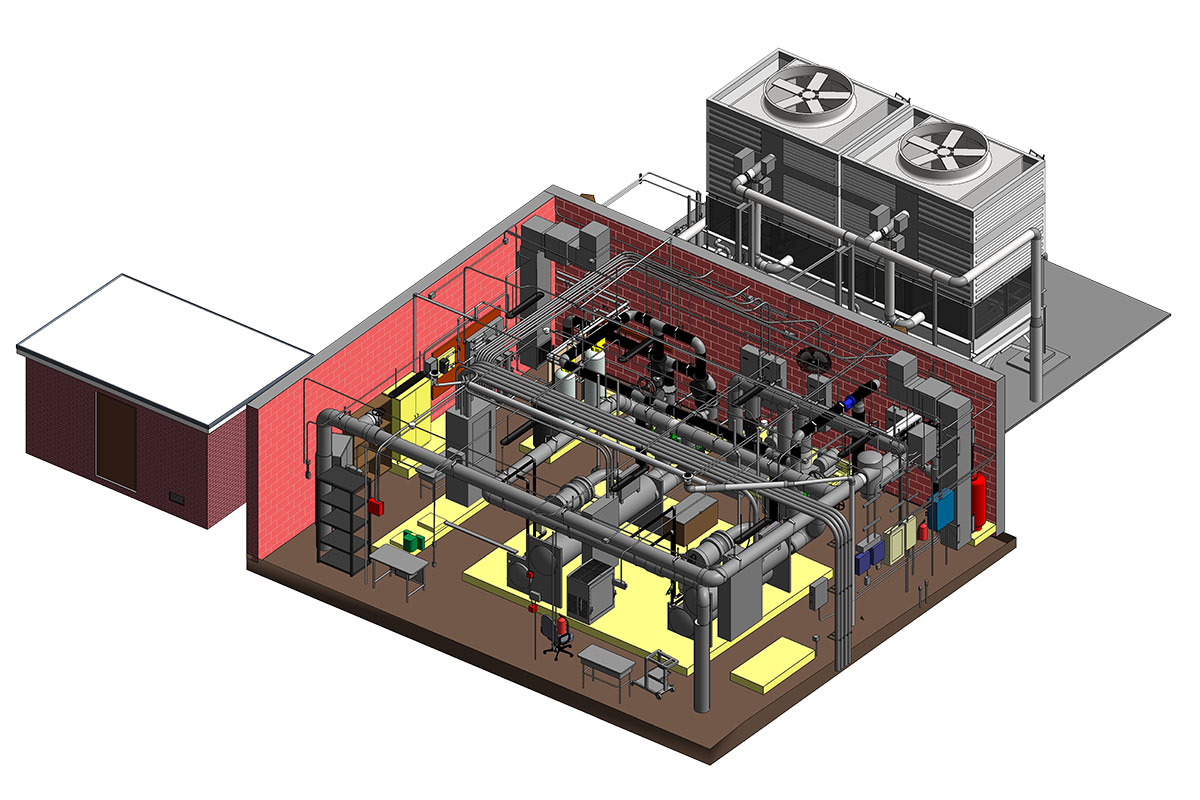In the world of architectural design and construction, preserving historical buildings while incorporating modern technologies is a delicate balance. Fortunately, advancements in scanning technology have opened up new possibilities for transforming old structures into digital masterpieces. Scan to BIM (Building Information Modeling) is a revolutionary process that enables architects, engineers, and construction professionals to create accurate 3D models of existing buildings. In this blog, we will explore how Scan to BIM Modeling is the landscape of architectural preservation and renovation, and its many benefits in the realm of design, planning, and project execution.
Understanding Scan to BIM
What is Scan to BIM?
Scan to BIM is a sophisticated process that involves capturing detailed data about existing buildings using 3D laser scanning technology. The laser scanner creates a point cloud, which is a collection of millions of points in 3D space that accurately represent the building’s surfaces and geometry.
The Scanning Process
Highly skilled technicians use 3D laser scanners to capture data from the physical structure. These scanners emit laser beams that bounce off the building’s surfaces, measuring the distance and orientation of each point. The collected data is then transformed into a digital point cloud, providing an accurate representation of the building’s as-built conditions.
The Transformative Power of Scan to BIM
Preserving Historical Heritage
Historical buildings hold cultural significance, and their preservation is essential to maintain a connection to our past. Scan to BIM allows experts to capture every intricate detail of these structures, ensuring that the building’s unique features are retained and celebrated in the digital realm.
Accurate As-Built Documentation
Traditional methods of measuring buildings for renovation or retrofitting often lead to inaccuracies and time-consuming manual processes. Scan to BIM eliminates these issues by providing precise as-built documentation, reducing the risk of errors and costly rework during the design and construction phases.
Seamless Integration with BIM
Once the point cloud is generated, it serves as a foundation for creating a detailed BIM model. BIM software uses the point cloud data to construct intelligent 3D models that include architectural, structural, and MEP (Mechanical, Electrical, and Plumbing) elements. This integration enables design teams to collaborate efficiently and make informed decisions during the entire project lifecycle.
Enhanced Project Visualization
Scan to BIM goes beyond 2D drawings and allows stakeholders to visualize the existing building in 3D space accurately. This immersive experience enables architects and clients to explore design options, experiment with materials, and foresee potential challenges before any construction work begins.
Benefits of Scan to BIM Modeling Services
Time and Cost Savings
Traditional surveying and measuring methods can be labor-intensive and time-consuming. Scan to BIM significantly reduces the time required to capture building data and generate accurate models. This streamlined process translates to cost savings for project owners and faster project delivery.
Clash Detection and Risk Mitigation
The BIM models created through Scan to BIM enable clash detection, where potential conflicts between different building elements are identified and resolved before construction commences. This proactive approach minimizes on-site changes and disruptions, reducing overall project risks.
Sustainable Renovation and Retrofitting
When renovating old buildings, sustainability is a key consideration. Scan to BIM facilitates the integration of sustainable design practices by providing valuable insights into energy efficiency improvements, material optimization, and lifecycle analysis.
Conclusion
Scan to BIM is revolutionizing the way we approach the preservation and renovation of historical buildings. Its ability to capture precise as-built data and seamlessly integrate with BIM software has transformed the design and construction industries. By combining cutting-edge technology with the rich history of old buildings, we can ensure that our architectural heritage remains intact while embracing the possibilities of the digital age. Scan to BIM truly paves the way for turning old structures into digital masterpieces that will be appreciated for generations to come.



